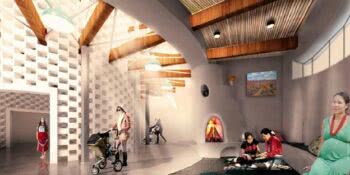
We All Deserve to Walk in Beauty: The Native American Business Association Hosts Informative Architectural Webinar on the Process for Planning Projects
Frank discussion brings out insights into how architecture plays a vital role in retaining the tribal and indigenous culture of people in the construction marketplace.
Recently, Steve VandenBussche, Vice President of Practice at Seven Generations Architecture and Engineering, LLC, and Scott Moore y Medina, Founder and President of Blue Star Integrative Studio, presented an in-depth webinar about initiating and planning tribal and indigenous architectural and engineering projects, from new construction and renovation to site development, master planning, and engineering work. The event was hosted by The Native American Business Association, an organization that advocates for inclusion on local/state contracting opportunities for Native American owned businesses.
The presenters were especially qualified for the webinar topic.
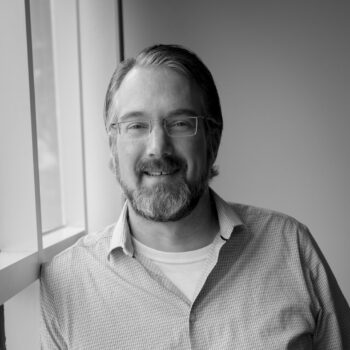
VandenBussche has provided high level design and professional services to a wide range of client in the Healthcare and Higher Education market sectors for his company, Seven Generations Architecture and Engineering (7GAE). The company delivers creative solutions inspired by indigenous traditions, beliefs, planning, and building orientation and was founded in 2012 as a Tribally-Owned, 8(a), Small Disadvantaged, HUBZone business. 7GAE is wholly owned by Mno-Bmadsen, the investment enterprise of the Pokagon Band of Potawatomi Indians, bringing specialized architecture, planning, interior design, research, and design consultation to the discussion.
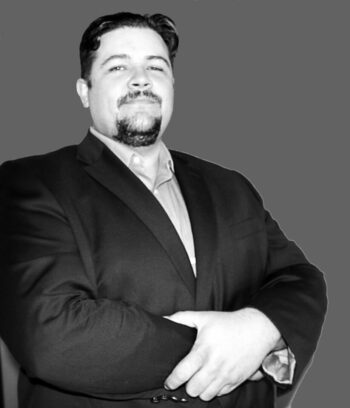
Moore y Medina has led projects at every level to produce master plans and architecture that celebrate culture and the beauty of place, people and planet. His more than 25 years of professional experience and knowledge has effectively guided clients in a thoughtful and in-depth manner through his company, Blue Star Integrative Studio (BSIS). Blue Star is a full-service planning and architecture firm offering a broad range of services, and brought feasibility, planning and design services expertise to the discussion.
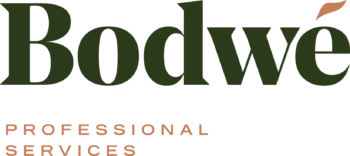 Both of these companies are part of the Bodwe Professional Services organization, which is a new tribally owned organization comprised of four companies, including Seven Generations Architecture and Engineering, WBK Engineering, Steelhead Engineering, and BlueStar Interactive Studio. Translated roughly “to build a fire,” Bodwe seeks to help each other out as human beings according to Melissa Hurtado who hosted the presentation.
Both of these companies are part of the Bodwe Professional Services organization, which is a new tribally owned organization comprised of four companies, including Seven Generations Architecture and Engineering, WBK Engineering, Steelhead Engineering, and BlueStar Interactive Studio. Translated roughly “to build a fire,” Bodwe seeks to help each other out as human beings according to Melissa Hurtado who hosted the presentation.
Strategies for Success
The presentation used visual slides to support each of their points, beginning with a discussion on the strategies for success, which form the foundation of the organization itself. These include: 1) knowing your client; 2) bringing good tools; 3) looking at the holistic process; and 4) “we are all relatives.”
“We’re trying to figure out how we can do a better job every day,” said Moore y Medina. “Common sense strategies, being human centered, how people are using space. Learning to build trust…these are the guidelines we follow.”
The webinar was a frank discussion of these four aspects of architecture and construction and their relationship to the Native American community. For example, “People don’t care how much you know until they know how much you care,” was one of the statements put forth — a statement that if you think about it, is at the core of any truly successful business.
In fact, the discussion around construction, architecture and engineers for the Native American community transcended that community itself and applied to all architecture and construction. When stating that “honoring the past generations, taking care of today’s generation and leaving things better for future generations” is expressed in the discussion, it is difficult to argue that this sentiment is not true of the world at large.
“We have to unpack who are we now in modern times as native people,” explained VandenBussche. “What are the values we hold? Sometimes that is hard to talk about, especially if you have people going through assimilation. So, in our daily practice, we created open spaces for these dialogues to occur. People share, they get into it as a result.”
The webinar covered multi-faceted and intergenerational projects including how the firms work with HUD, the DOE, and other organizations in achieving objectives through their processes. Two of the many projects that were discussed, for example, were:
- Tulsa Housing Authority Envision Comanche Master Plan. The vision for the Envision Comanche project is to transform the identified portion of the 36th Street North corridor into a mixed-use, mixed-income community while ensuring a strict one-for-one replacement of all existing apartments at Comanche Park, a Housing Authority of the City of Tulsa (THA) property, with an end goal of highlighting, enhancing and improving economic and cultural diversity of this area of Tulsa.
- Pokagon Band of Potawatomi ADA Duplexes. The Hartford tribal village offers townhomes, elders duplexes, and ADA compliant units. Pokagon citizens have long sustained their culture and connection to their homeland; numerous place-names in northern Indiana and southwest Michigan continually reflect that connection.
“If you’re not connecting with what people care about, it is hard to be of service and of any use to people you want to service and engage with,” said Moore y Medina.
“What springs from this interaction is amazing,” said VandenBussche. “I’m working on a restoration program for eagles in the State of Michigan. I never thought I would work as an architect on something like that. In Wisconsin, we work on bringing back salmon to the Menominee tribe.”
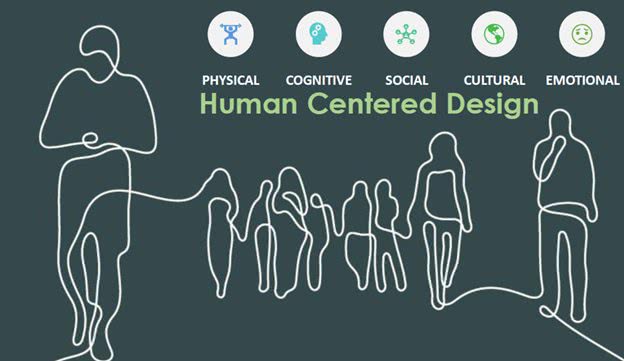
The webinar discussion also pointed out the role of the architect takes in neglected communities. “You have to first educate yourself,” said Moore y Medina. “You see communities struggling, but you don’t do the deep diving to uncover the root causes for the struggle. Assumptions, as you know, don’t make good solid solutions.”
Energy efficiency was also covered and its impact on healthy and supportive housing for vulnerable populations. “We’re always looking toward energy efficiency,” said Moore y Medina. “That means trying to think of ways to interconnect the community with environment. We all deserve to walk in beauty.”
VandenBussche added, “Be a resource provider. Give people access to information, to your knowledge. And a network to spread that knowledge. We’re in this together.”
For more information on the presentation, or the people presenting, contact: Marc Raybin|President, Cardinal Communications Strategies. 646-688-2887. Email: Marc Raybin [email protected]
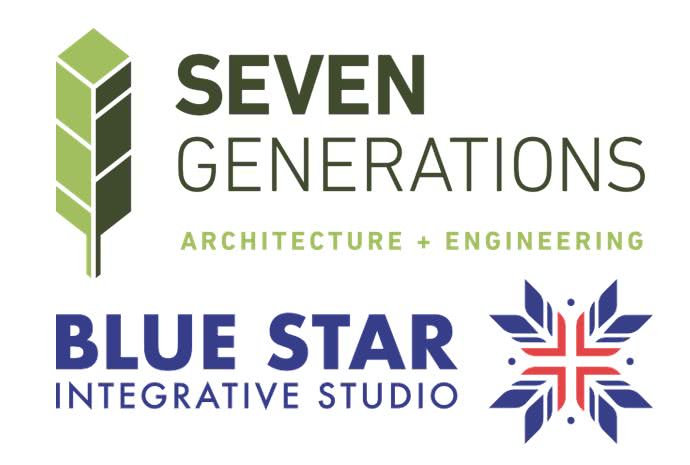
Seven Generations Architecture and Engineering and BlueStar Interactive Studio, along with WBK Engineering and Steelhead Engineering, are part of the Bodwe Professional Services organization, which is a new tribally owned organization. The Bodwé Group offers professional services to make notable impact on how people live and move in relationship with built and natural environments. They design, build, create, problem solve, preserve, and enhance human space and place, in partnership with clients that span the country and business sectors. Major areas of focus for the Bodwé portfolio include government, tribal, healthcare, and private projects. Often, the companies of Bodwé independently such as Seven Generations and Blue Star provide unique services in areas such as architecture, interior design, master planning, environmental consulting, and structural, civil and MEP engineering. In other cases, the Bodwé family works together; with company values and services aligned to better serve clients.
Editor's Note:
